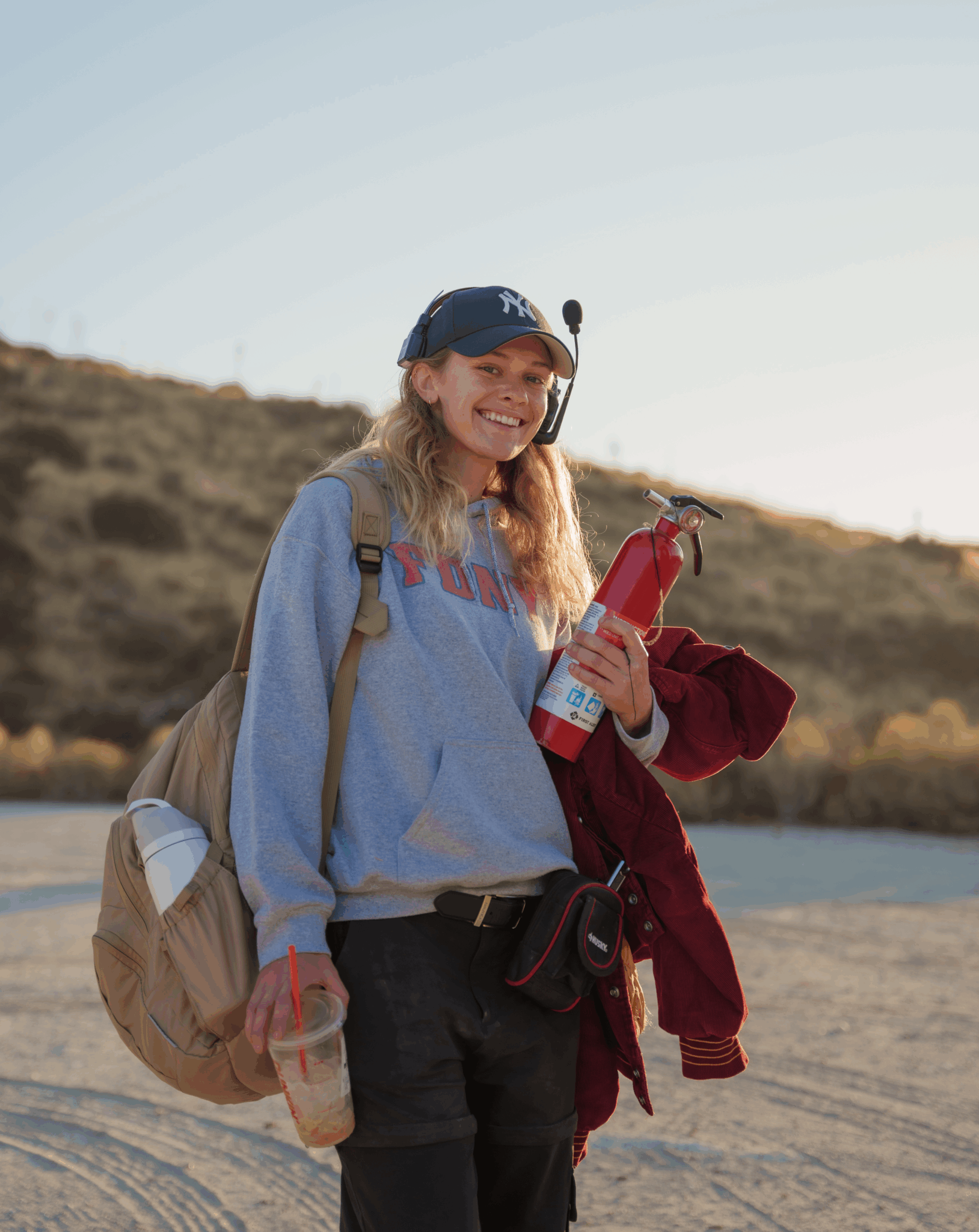We’re excited to introduce you to the always interesting and insightful Jenna Reilly. We hope you’ll enjoy our conversation with Jenna below.
Jenna, looking forward to hearing all of your stories today. What’s been the most meaningful project you’ve worked on?
In my short but lively time in filmmaking, I’ve luckily worked on many meaningful projects. But the one that I felt was most meaningful was the first short film I wrote and directed called “Nowhere To Turn.” The film is about a college student struggling with PTSD from her childhood sexual assault. I wanted to share a story that highlights something that so many people deal with every single day, yet is barely talked about. Mental health is a significant topic that has such a large stigma around it. Only within the past decade have societies decided to step up and take action. Yet it still may not be enough for those who feel alone in their struggle. I wanted the film to be a call to action for change in the American healthcare system to take mental health more seriously in their patients. Also for audiences to become more educated on the effects of mental “illnesses” such as PTSD, anxiety, and depression. And lastly, I wanted audiences who could relate to the protagonists experiences to feel seen and heard. As well as the positive message that there is hope even in the worst times. The film has not been publicly released, but the responses I’ve gotten so far have been extremely validating towards my hopes for the films impact. It’s also gotten some nice recognition from festivals. I won Best First Time Director at the Milan Indie Film Fest, it won Best Student Film Short, Best LGBTQ Short, and Best Young Actor for our lead Kasey Armstrong at the Washington DC International Cinema Festival, among a few more selections and wins. I’m grateful for these recognitions, particularly for the opportunity to share the film and the message it conveys.
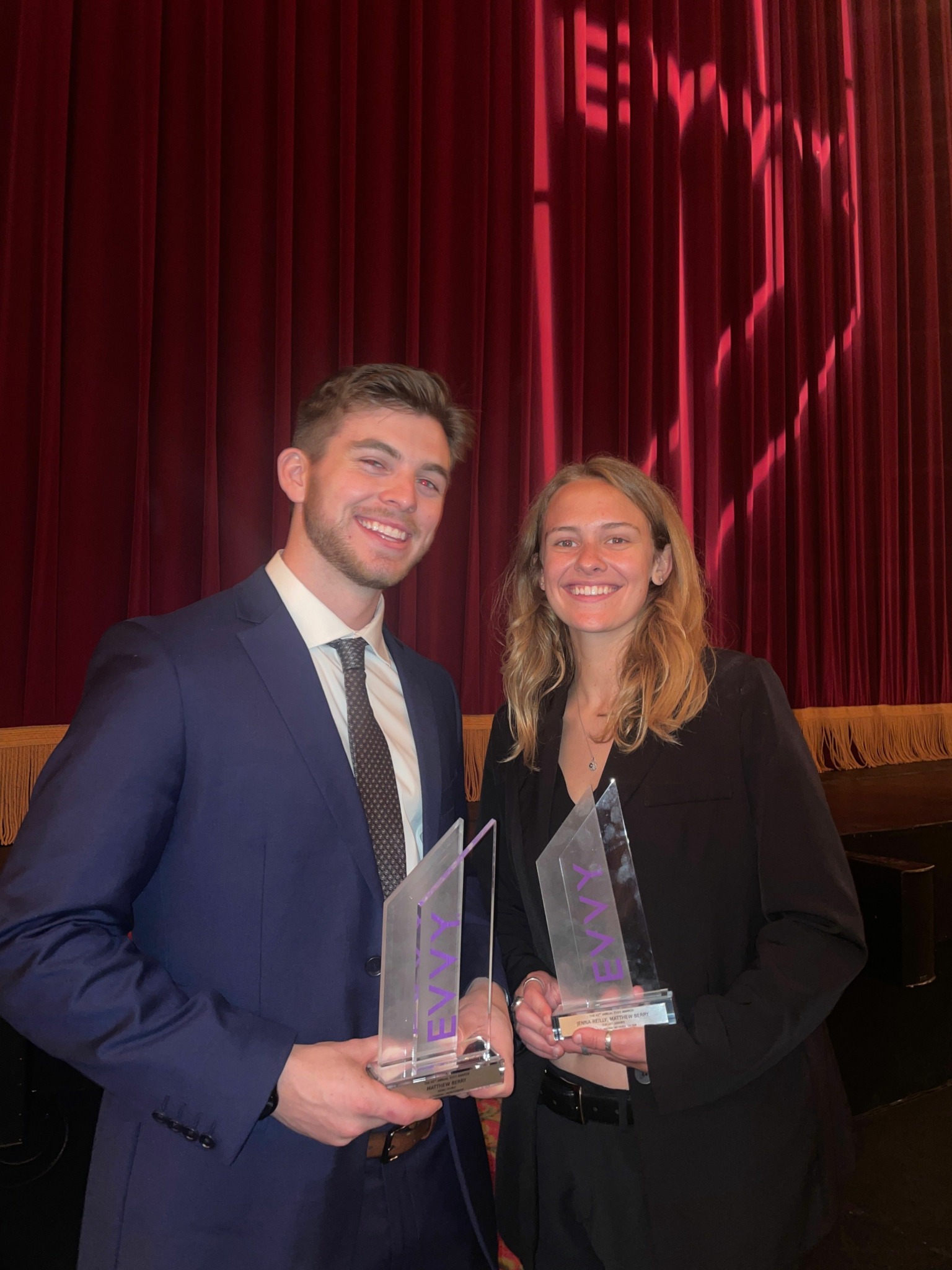
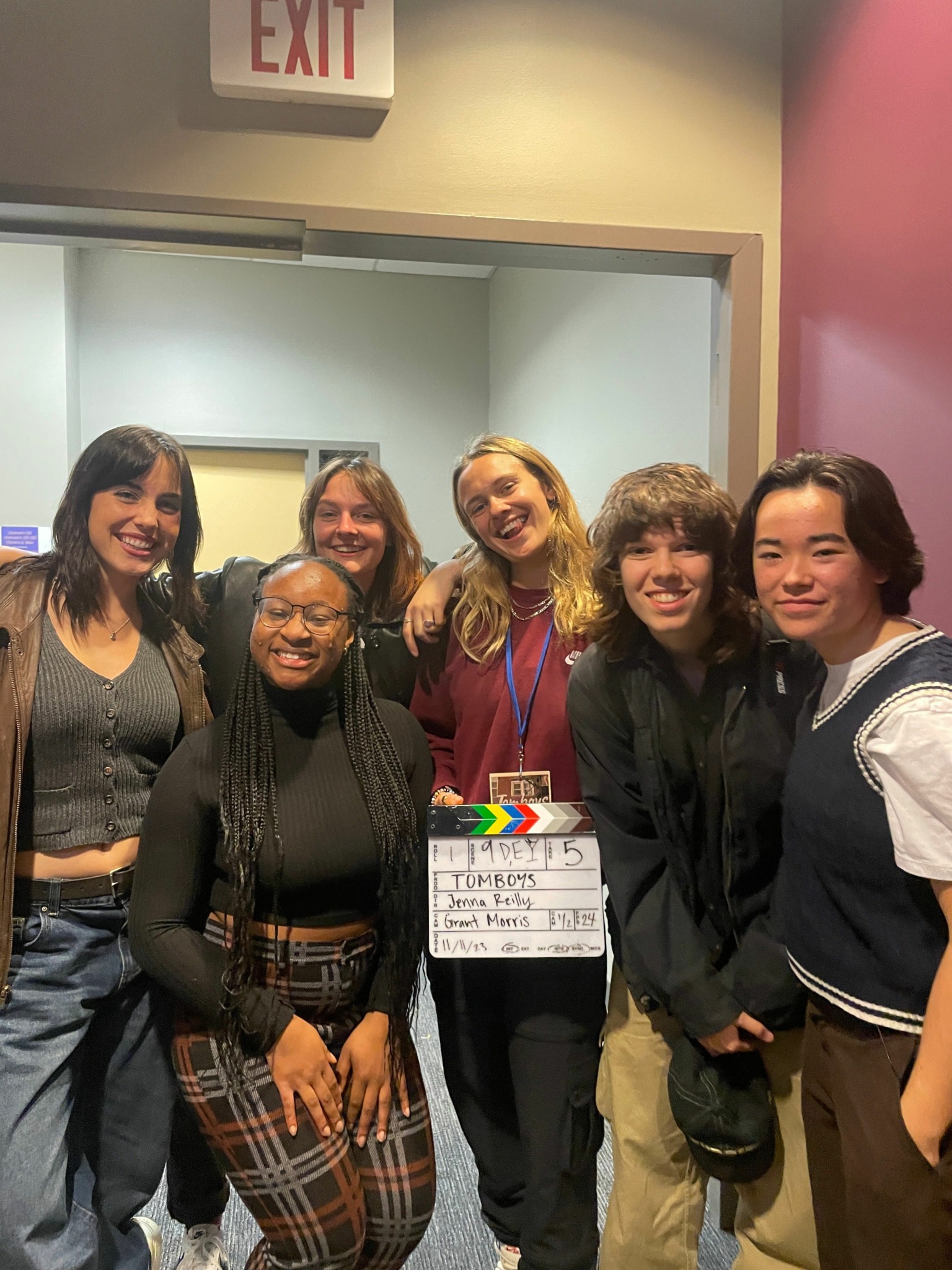
Great, appreciate you sharing that with us. Before we ask you to share more of your insights, can you take a moment to introduce yourself and how you got to where you are today to our readers.
Primarily, I’m a Writer and Director and I love to tell stories about the queer experience, mental health, and the softer sides of the human experience. I’m currently working on short films, but in the future I plan to make feature films and possibly go into television. Since my career is just starting, I’ve worked to expand my skillsets toward other areas of filmmaking. I’m currently working freelance as a Gaffer, Grip, Production Assistant, and Assistant Director in Los Angeles, California.
Like many people in film, ever since I was little I was engrossed in the world of movies. I’d replay my favorites constantly, watching the behind the scenes section of the DVDs afterwards with my dad. From there I made tons of videos and created a YouTube channel. I knew I wanted to go into film, but I never thought I had a story to tell, until college. I got into Emerson Colleges film program and I was so ecstatic. Freshman year, all I wanted to do was to get onto set. But without any professional experience, I couldn’t do any major roles. So I started as a Grip and worked on lighting. From there, I worked my way up to Key Grip then to Gaffer and found a real love for the craft.
Along the way, I took a look at myself and realized that maybe I did have something to say. So I wrote a short film called “Nowhere To Turn,” a drama about mental health. I wanted to bring forth a call to action to raise awareness as well as representation for those effected by conditions such as PTSD, anxiety, and depression. And when the film was picked up by Emerson Independent Video Productions, I got an overwhelming response of support from Emerson film students who really liked what I was looking to say with the film. That gave me the confidence to want to pursue writing and directing. After the incredible journey it was to make “Nowhere To Turn,” I was impassioned to switch gears and create my Senior Thesis Project: a comedy pilot called <i>Tomboys</i>.
As a queer woman, I saw a significant disparity of joy being represented in queer media. And many of my friends and queer peers agreed with me. The fictional gays on screen are either sad, alone, or dying. And I wanted to change that. So I created something that I wish closeted me saw in high school, or perhaps even ten-year-old, tomboy Jenna. A show about a queer friend group, living their lives unapologetically as themselves. All as they navigate college and a queer lifestyle together. Something that LGBTQ+ people can look to for a laugh and some joy, which is at the heart of queer community. Filming <i>Tomboys</i>, we had a blast on set and the response has also been so incredibly validating for my confidence in the stories I want to tell.
Now as I start my professional film career, I’m working to keep this inspiration alive as I work freelance. I absolutely love being on set and helping in any way that I can. All in hopes of continuing to grow as a filmmaker and to save enough money for the next creative venture.
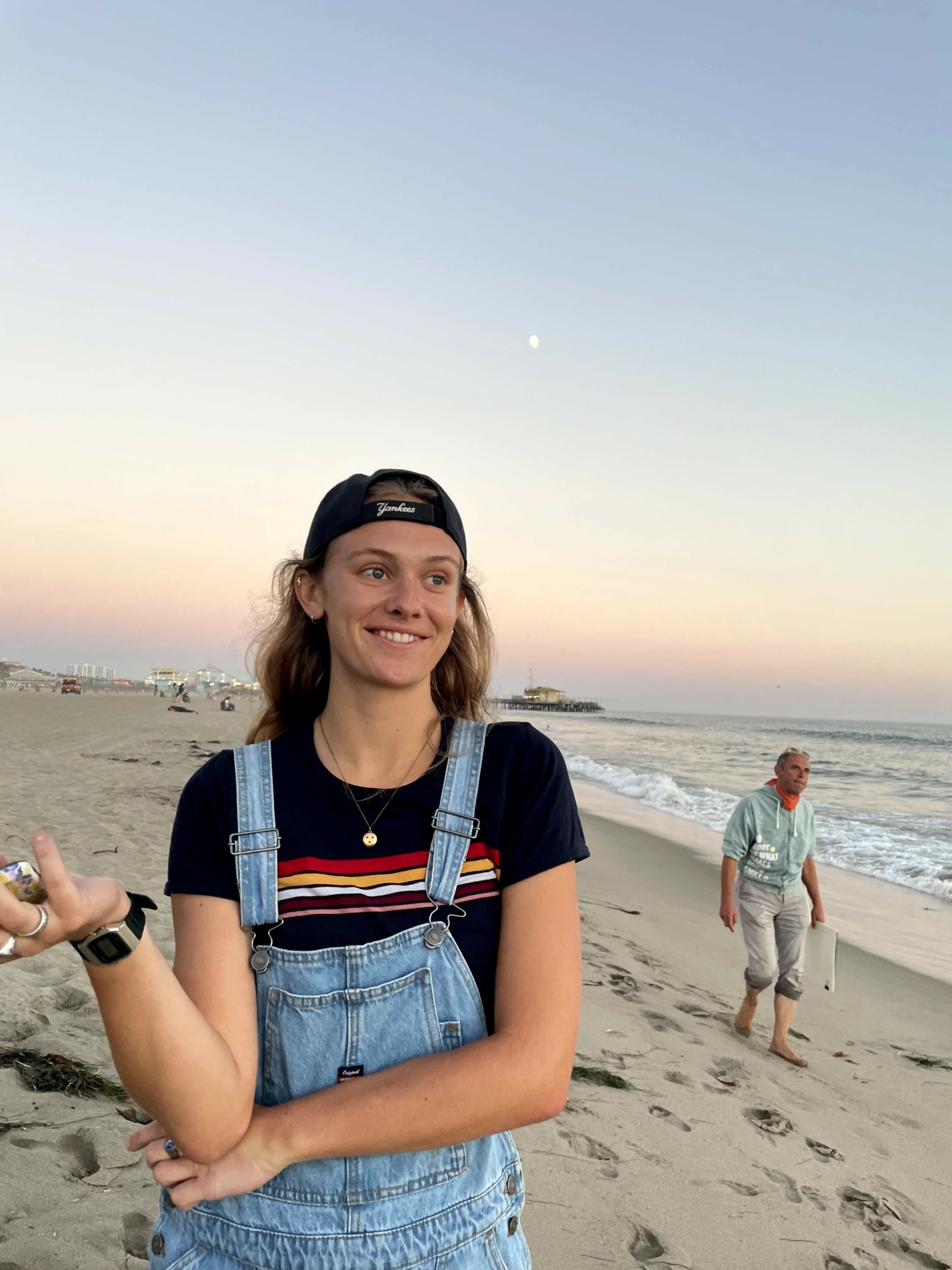
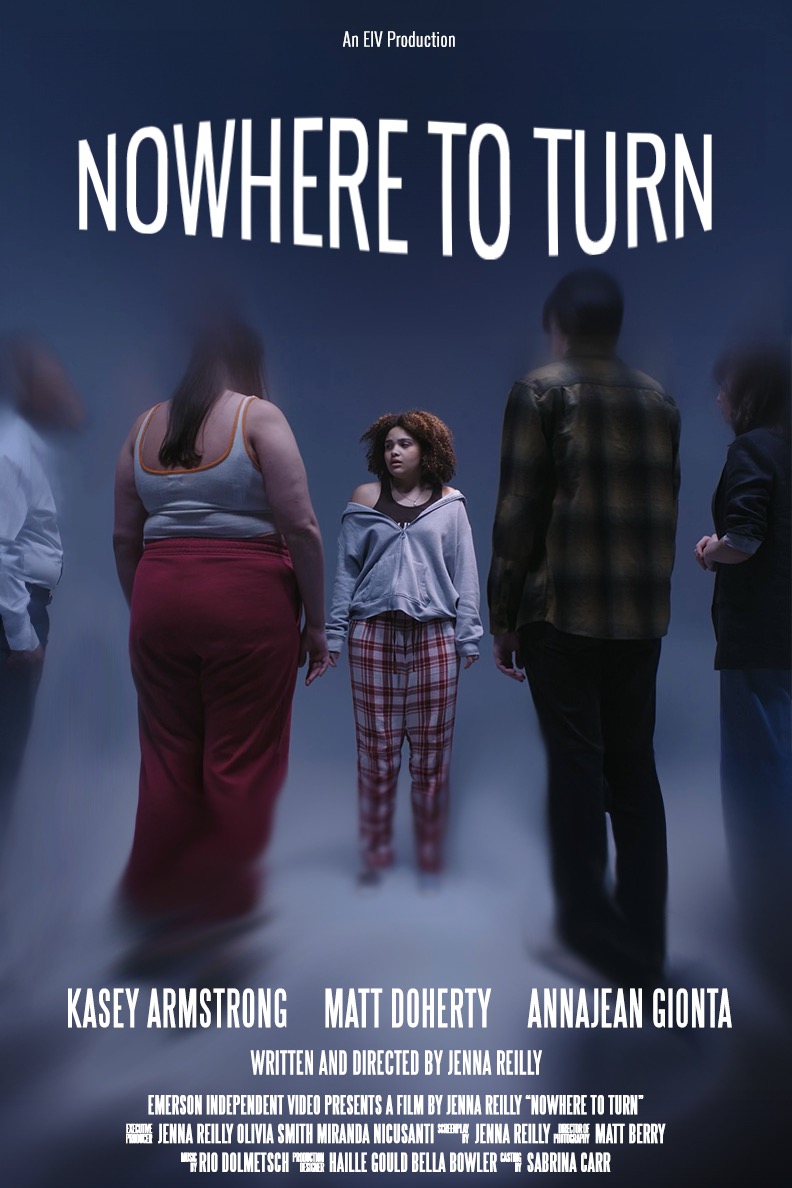
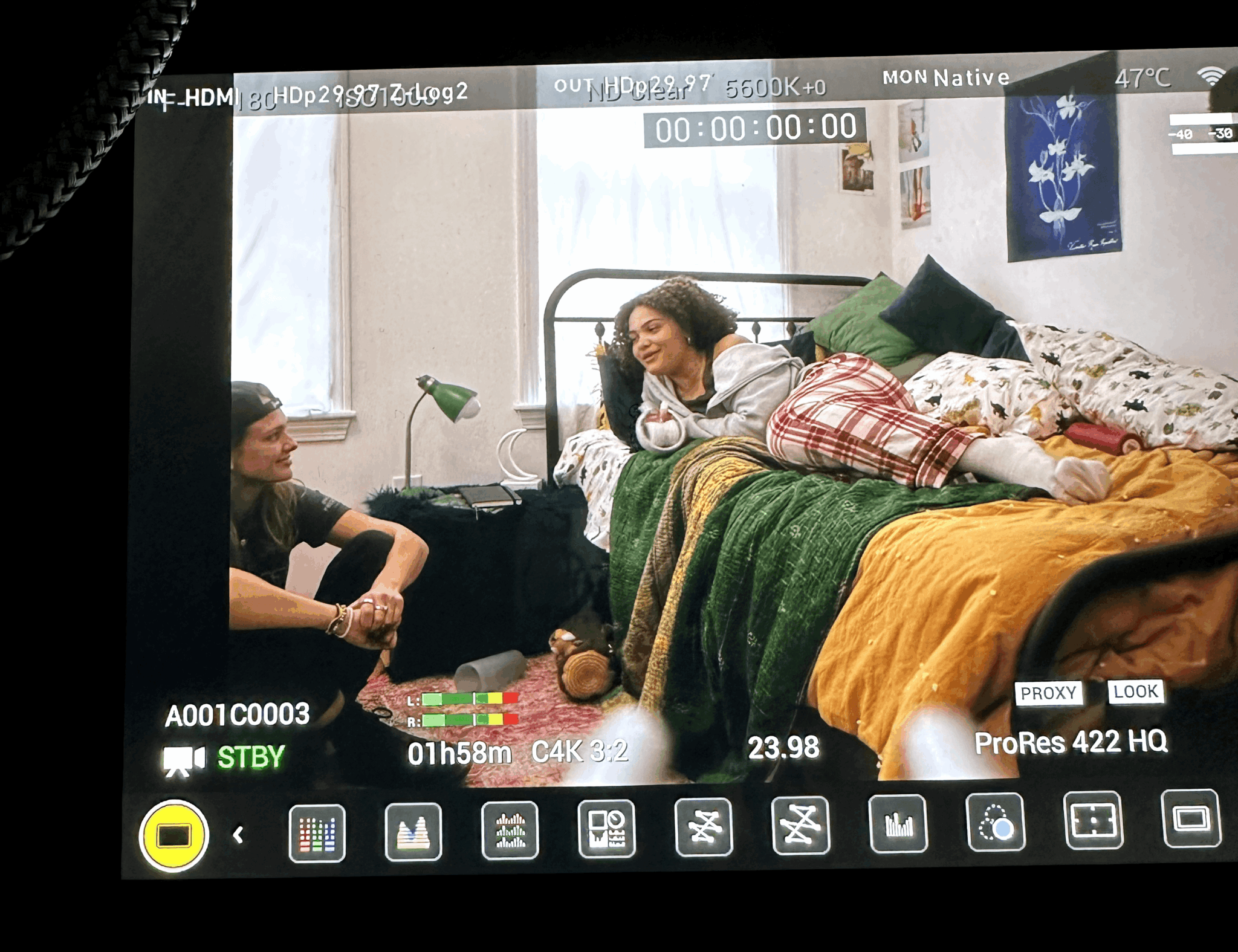
For you, what’s the most rewarding aspect of being a creative?
The most rewarding aspect of being a creative is when your work resonates with audiences. When I first started writing screenplays, I had such imposter syndrome. I didn’t think that anyone wanted to watch the stuff I was writing. So I just wrote for myself. I channelled what I wanted to see in media. Whether it be issues that I felt were under represented or characters I didn’t see enough of. Once I got the courage to finally share my work, I realized that some of it actually resonated with people. And when I made my first short film and showed it to people beyond my immediate friends, I was honored that there were such emotional and positive responses. It felt so incredibly rewarding to create an experience that allowed audiences to have such a reaction. For them to emotionally connect to the story I was telling. Not only did it feel like an accomplishment in filmmaking that I was able to elicit a response, but it felt so rewarding to be able to connect with people through the human experience. To have conversations with people on topics such as mental health or queer media and to hear them say that they felt understood or seen. To me, that’s the most magical part of films. Not only the experience of watching it, but the emotional journey it brings you through. And when it comes to topics that aren’t typically explored, those who feel passionately about them are particularly touched when they’re represented. So I feel especially fulfilled when I’m able to create an experience for those audiences to feel moved by and relate to.
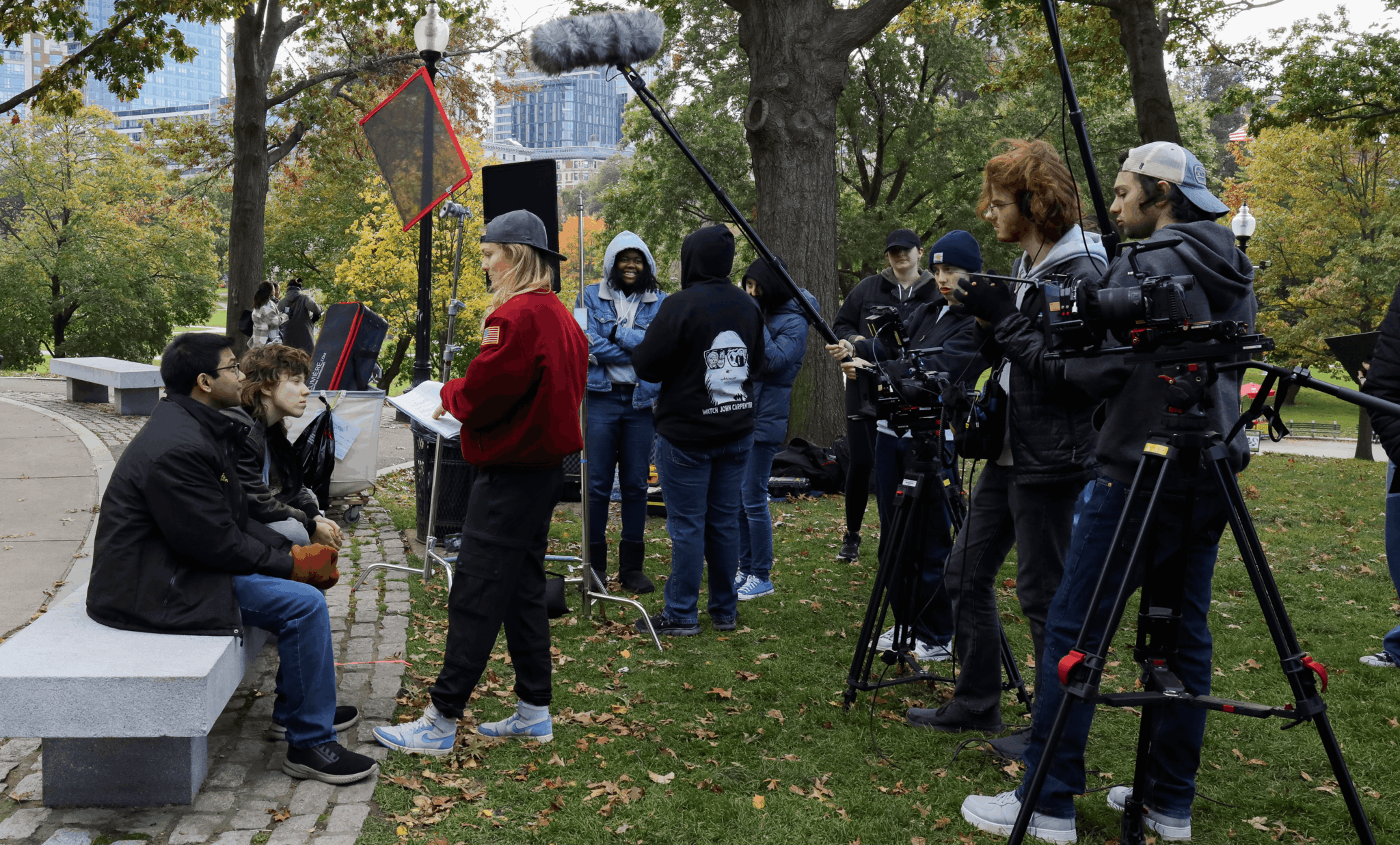
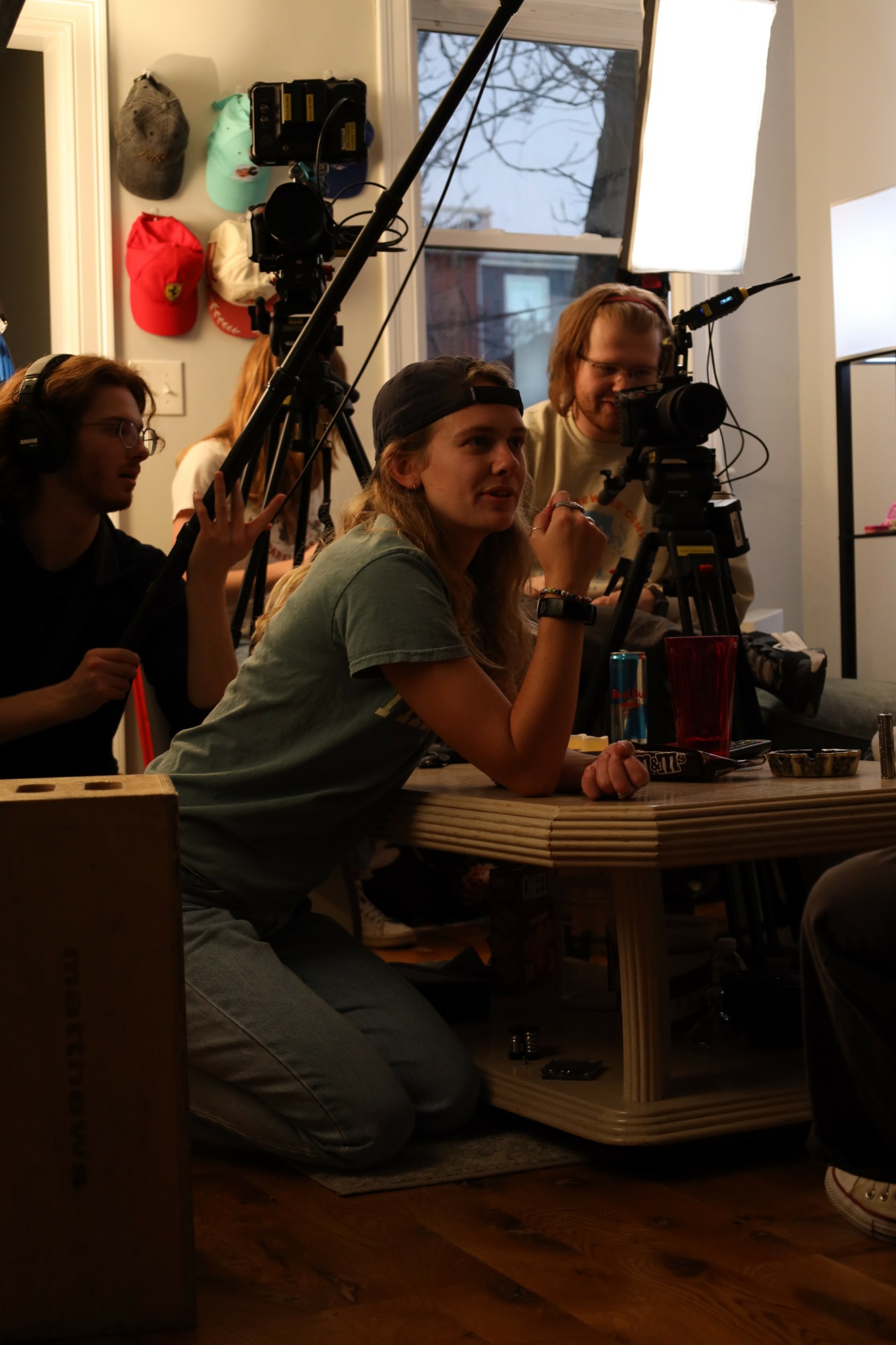
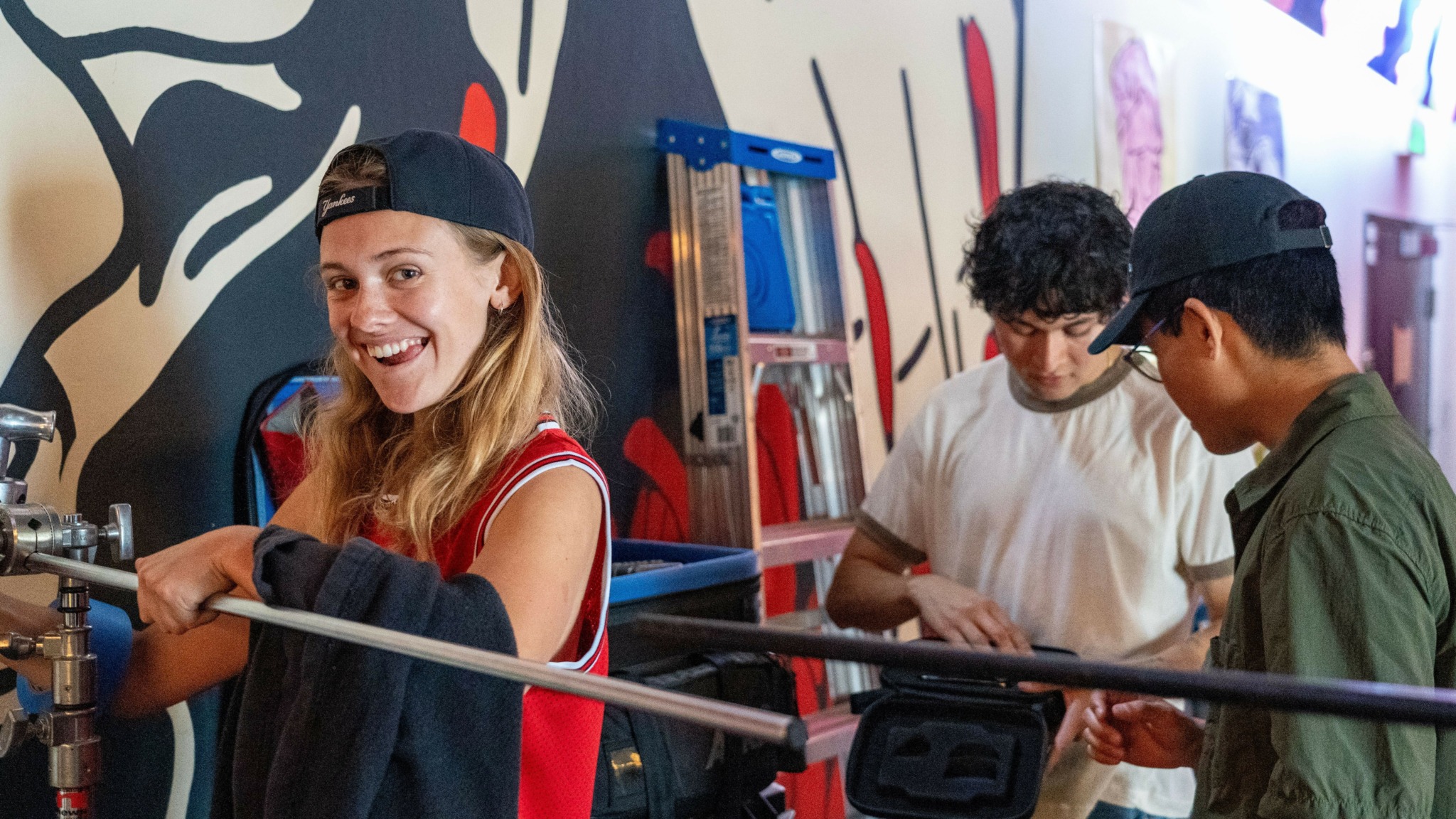
What can society do to ensure an environment that’s helpful to artists and creatives?
To best support artists, creatives, and a thriving creative ecosystem, society should have programs and funds dedicated to getting them the resources they need to create their art. From my own experience and those of my friends and other creatives I’ve met, the biggest obstacle to making our art is funding. Unfortunately, it’s true: in the society we live in, money is everything. And especially for filmmaking, everything costs so much money. Labor, equipment, food, props, clothes, makeup, production design, transportation, lodging, locations, even permits to film. Money goes very quick in filmmaking. So for those of us recent college grads with not a lot of money, we’re working on being able to pay rent let alone having the money for our films. As I’m getting more freelance gigs, I’m hoping to save enough to be able to make my next short with my friends soon. That is the only thing in the way. And even in the grander scale of the current film industry, the studios with the big bucks don’t want to take the chance on new ideas. The majority of films that have been coming out lately have all been remakes or sequels. In the changing scale of the industry with social media and streaming, executives don’t want to take chances spending millions on new ideas. They don’t know if they’ll get their investments back in the box office or streaming. And don’t forget, money is everything. So the art in the filmmaking industry has been suffering for the lack of investments in it. In order for creatives and art to continue to thrive, more money needs to be put toward projects beyond the multi-million dollar blockbuster remakes for a quick buck. So in an ideal creative world, funds will be divided and given to those with new ideas and new stories to tell. To allow individuals who don’t come from money or privilege to take the helm. This will then pay off in the ever evolving and transitioning world of representation in media. Which also suffers when money goes towards stories that have already been told. As it is our duty as creatives to keep changing the landscape. And there is still so much more change that needs to occur. By funding and continuing the evolution that has occurred in media, specifically over the past decade, we will keep the art of filmmaking alive.
Contact Info:
- Website: https://jennareilly.wixsite.com/my-site-3?fbclid=PAZXh0bgNhZW0CMTEAAaZW4sWM4WUSLw1HuW6D-R4qihLWDYaGC6TJaFa9f1UzEhfN9shYA0hfh6M_aem_WQ5TXsopWhfoHY7vbC2_ww
- Instagram: https://www.instagram.com/jennareilly24/
- Linkedin: https://www.linkedin.com/in/jennareilly24/
- Other: IMDb: https://www.imdb.com/name/nm12549615/
Image Credits
Photo in desert: Bobby Wu On set photos of me directing: Madla Walsh Photo of me gaffing: Gavin George “Nowhere To Turn” Poster Designer: Willow Torres


